The Helium Market is currently characterized by a dynamic competitive landscape, driven by increasing demand across various sectors, including healthcare, electronics, and aerospace. Key players are actively positioning themselves through strategic initiatives aimed at enhancing operational efficiency and expanding market reach. Companies such as Air Products and Chemicals Inc (US), Linde plc (IE), and Air Liquide S.A. (FR) are at the forefront, focusing on innovation and sustainability to differentiate their offerings. Their collective strategies not only shape the competitive environment but also indicate a shift towards more sustainable practices in helium production and distribution.
In terms of business tactics, companies are increasingly localizing manufacturing and optimizing supply chains to mitigate risks associated with global logistics. The market appears moderately fragmented, with a mix of established players and emerging companies vying for market share. This competitive structure allows for a diverse range of strategies, as companies leverage their unique strengths to capture opportunities in the growing helium market.
In August 2025, Linde plc (IE) announced a significant investment in a new helium extraction facility in the United States, aimed at increasing production capacity to meet rising demand. This strategic move underscores Linde's commitment to enhancing its operational capabilities and securing a stable supply of helium, which is critical for its diverse customer base. The facility is expected to bolster Linde's position as a leading supplier in the North American market, reflecting a proactive approach to market dynamics.
In September 2025, Air Products and Chemicals Inc (US) launched a new initiative focused on the development of sustainable helium extraction technologies. This initiative is indicative of the company's broader strategy to integrate sustainability into its operations, aligning with global trends towards environmentally responsible practices. By investing in innovative technologies, Air Products aims to not only enhance its production efficiency but also reduce the environmental impact associated with helium extraction, thereby appealing to a growing segment of environmentally conscious consumers.
In July 2025, Air Liquide S.A. (FR) entered into a strategic partnership with a leading aerospace company to supply high-purity helium for advanced aerospace applications. This collaboration highlights Air Liquide's focus on expanding its footprint in high-tech industries, where the demand for specialized gases is surging. The partnership is expected to enhance Air Liquide's competitive edge by providing tailored solutions that meet the stringent requirements of the aerospace sector, thereby reinforcing its market position.
As of October 2025, the Helium Market is witnessing trends that emphasize digitalization, sustainability, and the integration of advanced technologies such as AI. Strategic alliances are increasingly shaping the competitive landscape, enabling companies to pool resources and expertise to address complex market challenges. Looking ahead, it appears that competitive differentiation will evolve, with a pronounced shift from price-based competition to a focus on innovation, technological advancement, and supply chain reliability. This transition may redefine how companies engage with customers and position themselves in the market.


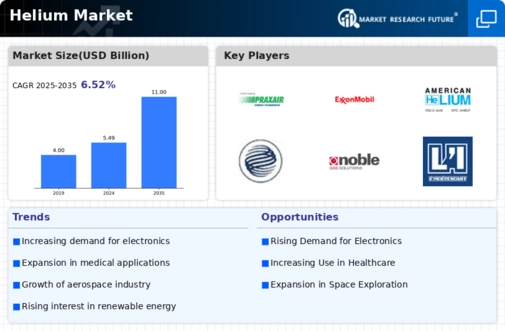
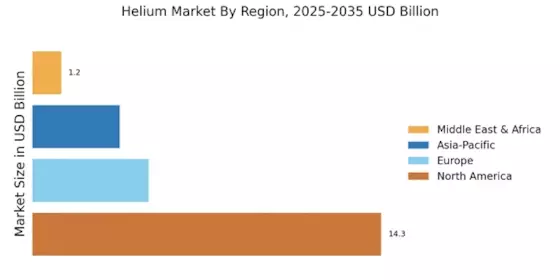

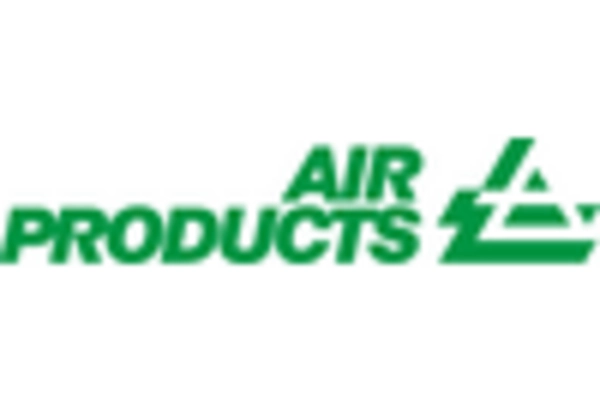
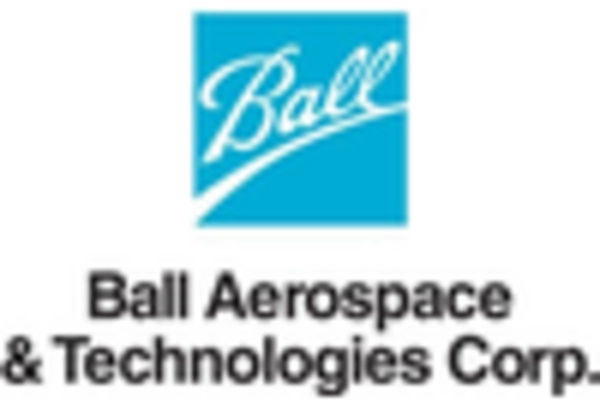

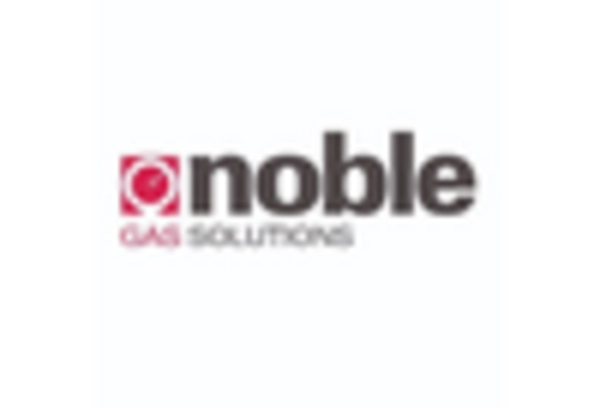
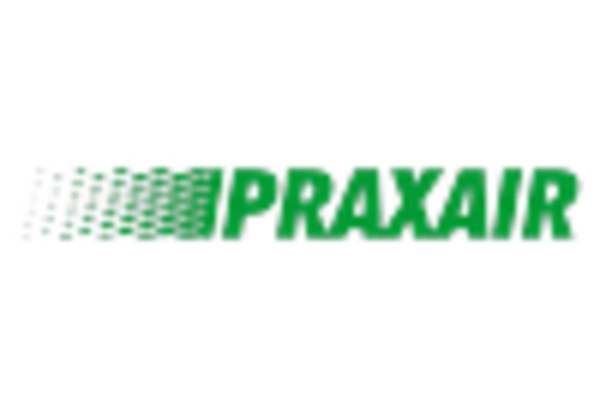








Leave a Comment